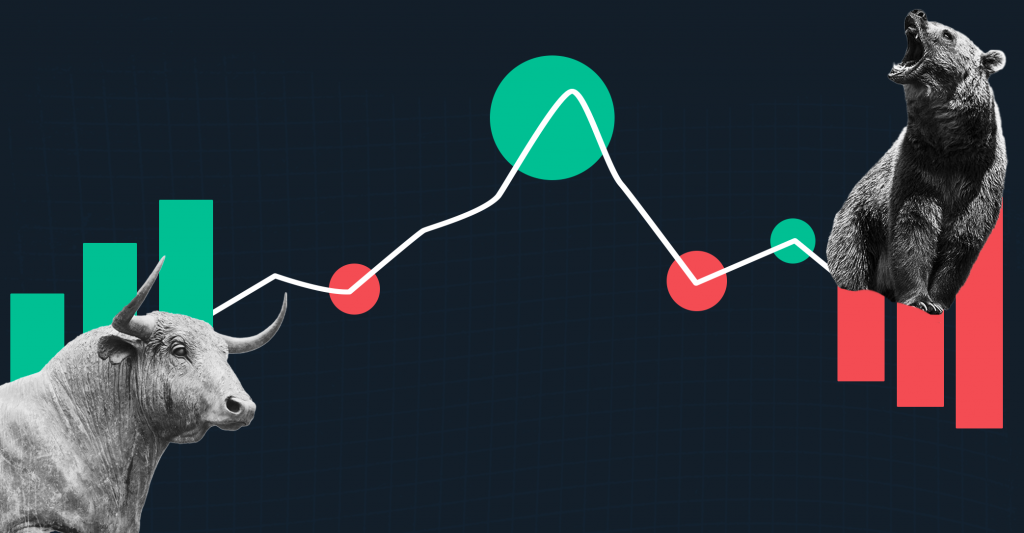Last Updated on Sep 1, 2021 by Manonmayi
Companies issue shares to raise funds for their growth and operations. For investors, investing in shares means participation in the profits earned by the company as well as a say in the management decisions. The share capital of a company consists of two types of shares, namely: equity and preference shares.
Equity shares are also called ordinary shares and are the primary component of the share capital. Let’s understand what ordinary shares are, their types, and what they offer investors.
This article covers:
- What are ordinary shares?
- Why do companies issue ordinary shares?
- Why do investors buy ordinary shares?
- Features of ordinary shares
- Types of ordinary shares
- Making money by investing in ordinary shares
- Risks associated with ordinary shares
Table of Contents
What are ordinary shares?
As stated earlier, ordinary shares are the equity shares offered by the company to the public for raising funds. When companies want to get listed on the stock exchange, they issue ordinary shares through an Initial Public Offering (IPO). Investors then subscribe to the IPO to invest in such shares. Ordinary shares give investors the right to own a part of the company, in proportion to their shareholding. For example, if a company issues 1,000 shares and you invest in 100 shares, you own 10% of the company.
Ordinary shares also give you the right to have a say in the management decisions of the company and earn dividend income from the profits that the company earns.
Why do companies issue ordinary shares?
Companies issue ordinary shares for the following reasons:
- To raise funds
- To get listed on the stock exchange through an IPO
- To allow the promoters to disinvest their stakeholding
- To be evaluated in the market
Why do investors buy ordinary shares?
For investors, ordinary shares have their own merits. Let’s take a look:
- If investors believe in the growth potential of a company, they invest in its shares to be a part of the growth story and earn returns. When the value of the company’s stock increases as it grows, investors can maximise their investments
- Dividend income received from ordinary shares help investors create a source of income
- Ordinary shares are easily traded on the stock exchange. Thus, investors looking for liquid investment avenues which also hold a return potential, invest in such shares
- Investors can also participate in the important managerial decisions of the company and take part in management by owning ordinary shares
Features of ordinary shares
Ordinary shares have the following common features:
- They are traded on the stock exchange and therefore, their market value constantly fluctuates
- Each share has a face value or the book value which is the value fixed by the company. The market value depends on various factors including the demand and supply of the shares and the investors’ perception of the growth prospects of the company
- Each share gives you part ownership in the company
- Investing in ordinary shares is risky as their price is volatile. Moreover, when the company winds up, equity shareholders are paid at the end, after other obligations of the company have been met
- Ordinary shares, once issued, are perpetually owned. They might switch ownership but they are never redeemed by the company
Types of ordinary shares
Equity or ordinary shares are divided into various types. Have a look.
Types of ordinary shares based on the composition of the share capital
| Types of ordinary shares | Meaning |
| Authorised share capital | The maximum number of shares that the company is authorised to issue |
| Issued share capital | The actual number of shares that the company has issued |
| Subscribed share capital | The number of issued shares to which investors have subscribed to or invested in |
| Paid-up share capital | The number of shares for which investors have paid for their investment |
Types of ordinary shares based on their issuance
| Types of ordinary shares | Meaning |
| Bonus shares | Additional shares issued to existing shareholders, free of cost. Usually, bonus shares are issued in place of dividends |
| Rights shares | Shares that are issued to existing shareholders at a discounted price, for a specific period of time thereafter, the shares are issued to the common public at the market price. |
| Sweat equity shares | Shares issued to existing employees of the company to reward them for their efforts in the growth of the company |
| Voting shares | Shares that carry a voting right for investors in the company’s annual general meetings |
| Non-voting shares | Shares that do not provide voting rights to shareholders |
Types of ordinary shares based on their returns
| Types of ordinary shares | Meaning |
| Dividend shares | Shares that entitle investors to earn dividends on their investment |
| Growth shares | Shares that belong to companies with high growth potential and might not provide dividend incomes |
| Value shares | Shares belonging to companies that have strong fundamentals but whose share prices are undervalued |
Making money by investing in ordinary shares
As an investor, you can grow your portfolio by investing in ordinary shares of companies that have the potential to grow. You just need to open a Demat account and a trading account and then invest in ordinary shares through the stock market. If the value of the shares increases, you can make a profit on your investment. The opposite holds for a decline in the value. In that case, you lose money.
Risks associated with ordinary shares
Though ordinary shares can prove to be lucrative in terms of investment, there are risks associated with them too. The main risks include:
- Volatility risk: If the share prices go for a toss, you can lose money, even the amount that you have invested. Since the share prices are market-dependent, investing in ordinary shares is for those who have a healthy risk appetite.
- Liquidation risks: If the company liquidates, the ordinary shareholders are the last to be paid. This puts such shareholders at a disadvantage because, if the assets of the company are utilised on its debt obligations, ordinary shareholders might get little to no return on their capital.
The bottom line
If you want to invest in the equity market or if you are an existing investor, understand the concept of ordinary shares, the risks involved, and their benefits. Trade with caution. Make a technical and financial analysis of the companies into which you want to invest so that you can make the right choice. Moreover, invest with a long term perspective for better returns as risks get ironed out with time.




